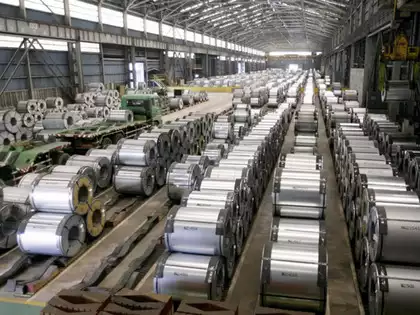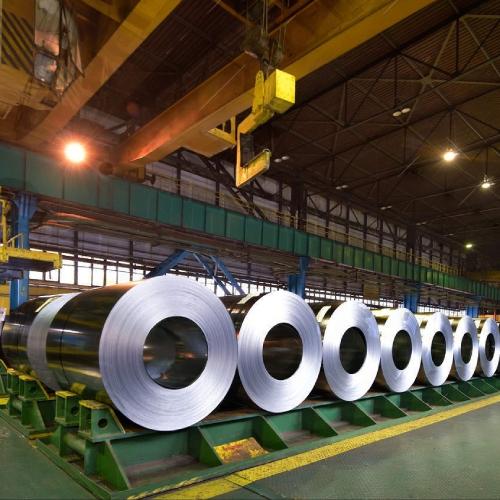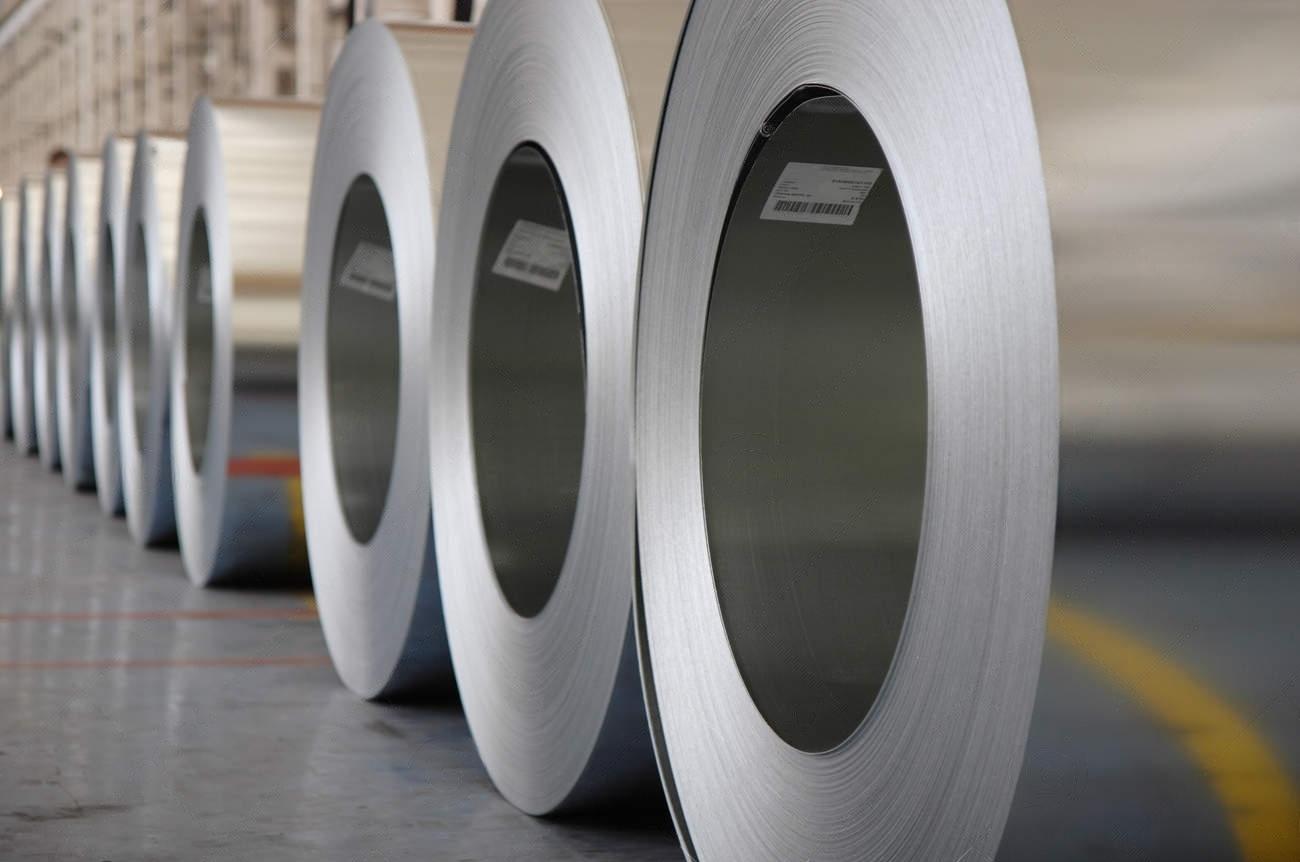Lubrication Systems for Steel Plant
Lubrication Systems for Steel Plant
The lubrication system for steel plants is a system designed to provide lubrication to the various components of the steel plant equipment, including rollers, gears, bearings, hydraulic systems, and other moving parts. The system is responsible for delivering the lubricant to the points of friction and wears at the correct intervals and in the correct quantities to ensure maximum efficiency and reduce the risk of breakdowns and downtime. The lubrication system may include various components, such as pumps, filters, reservoirs, distribution lines, and monitoring equipment. The pumps are used to circulate the lubricant through the system, while the filters remove any contaminants from the oil or greaseThe lubrication system for steel plants must be designed to operate reliably and continuously for extended periods without requiring frequent maintenance or repairs. Proper lubrication reduces friction between the moving parts, which leads to less energy consumption, reducing operating costs and promoting sustainability.
Use of lubrication system for steel plant

Reducing energy consumption
Proper lubrication of the equipment reduces friction, which in turn reduces the energy consumed by the equipment. This can lead to significant cost savings over time.

Increasing sustainability
Use of lubrication system for steel plant

Increased uptime
Adequate lubrication reduces downtime caused by equipment breakdowns, which can improve productivity and increase the output of the steel plant.

Reduced environmental impact
Proper lubrication can reduce the environmental impact of the steel plant by reducing energy consumption, reducing waste generated by maintenance activities, and reducing the need for frequent equipment replacements.





